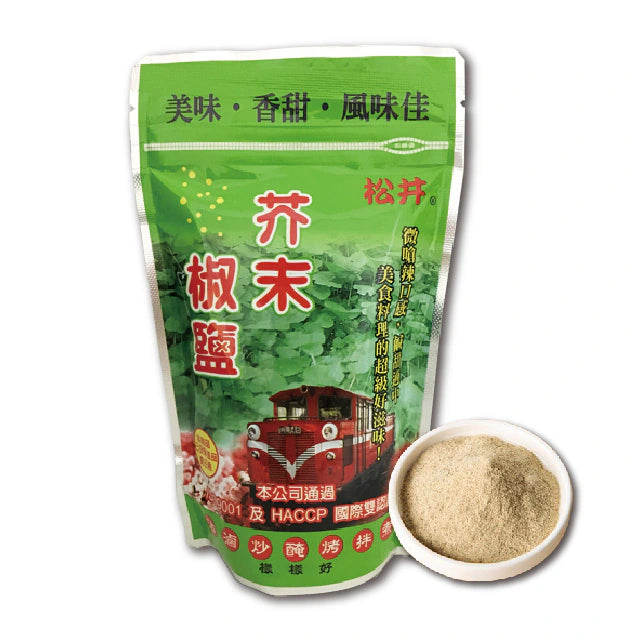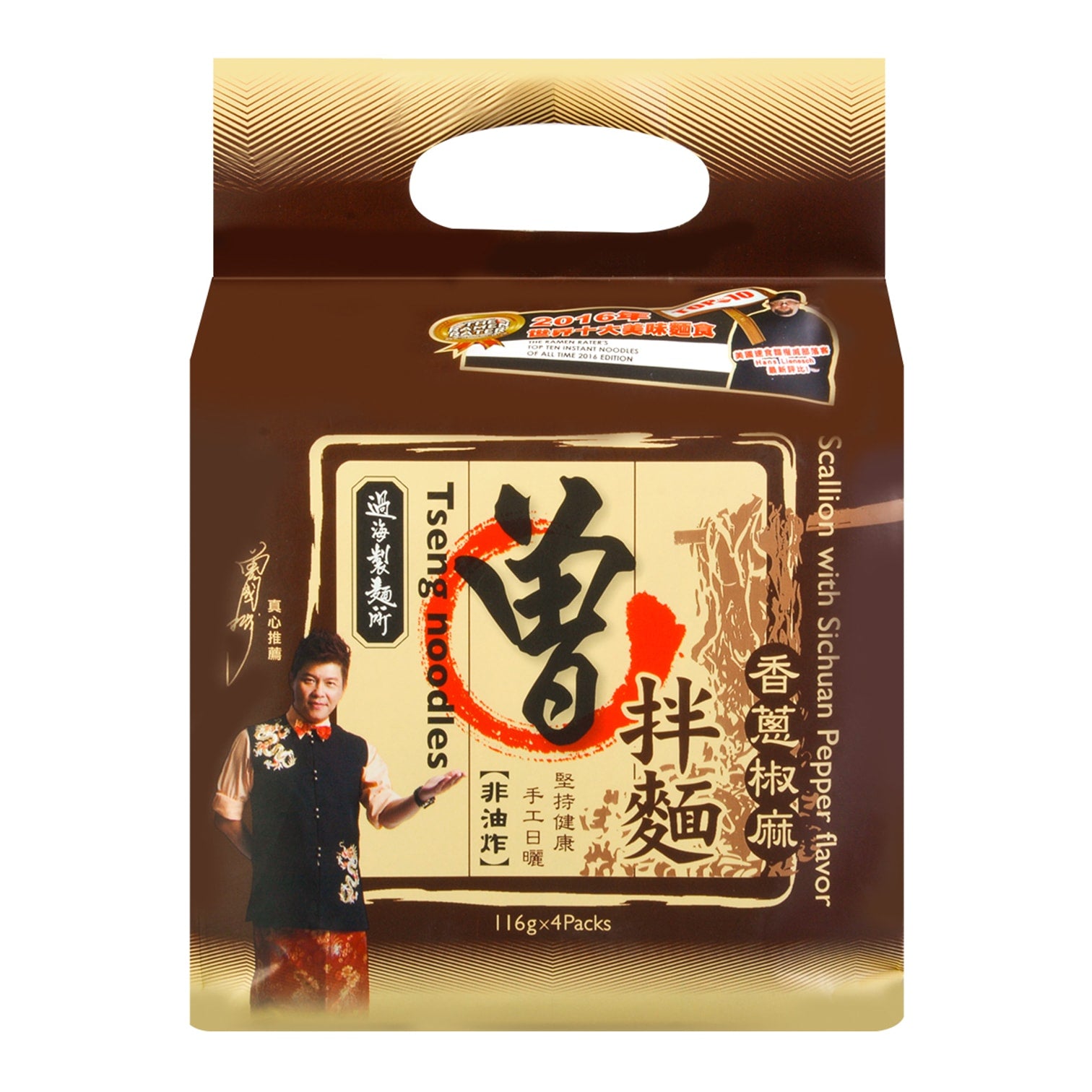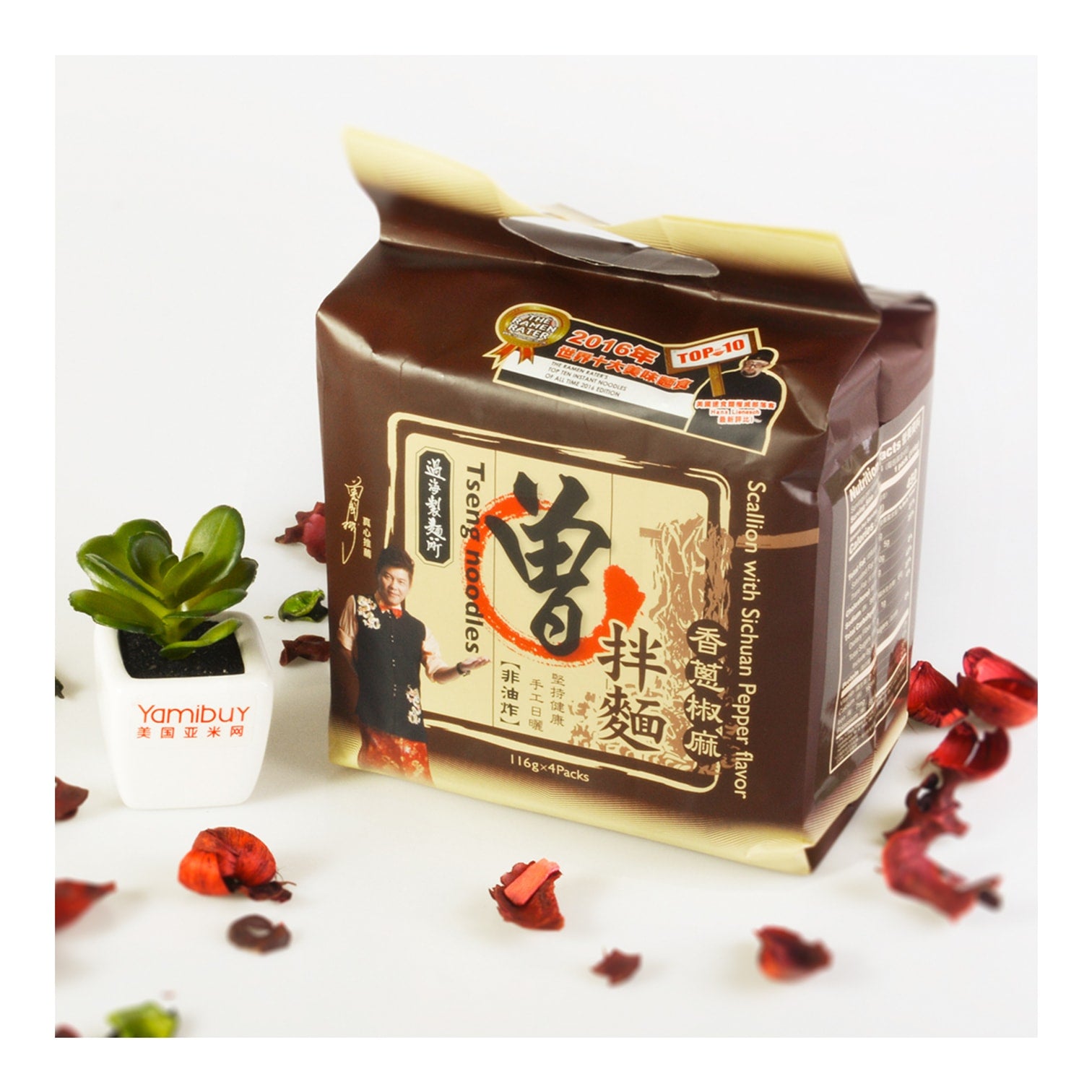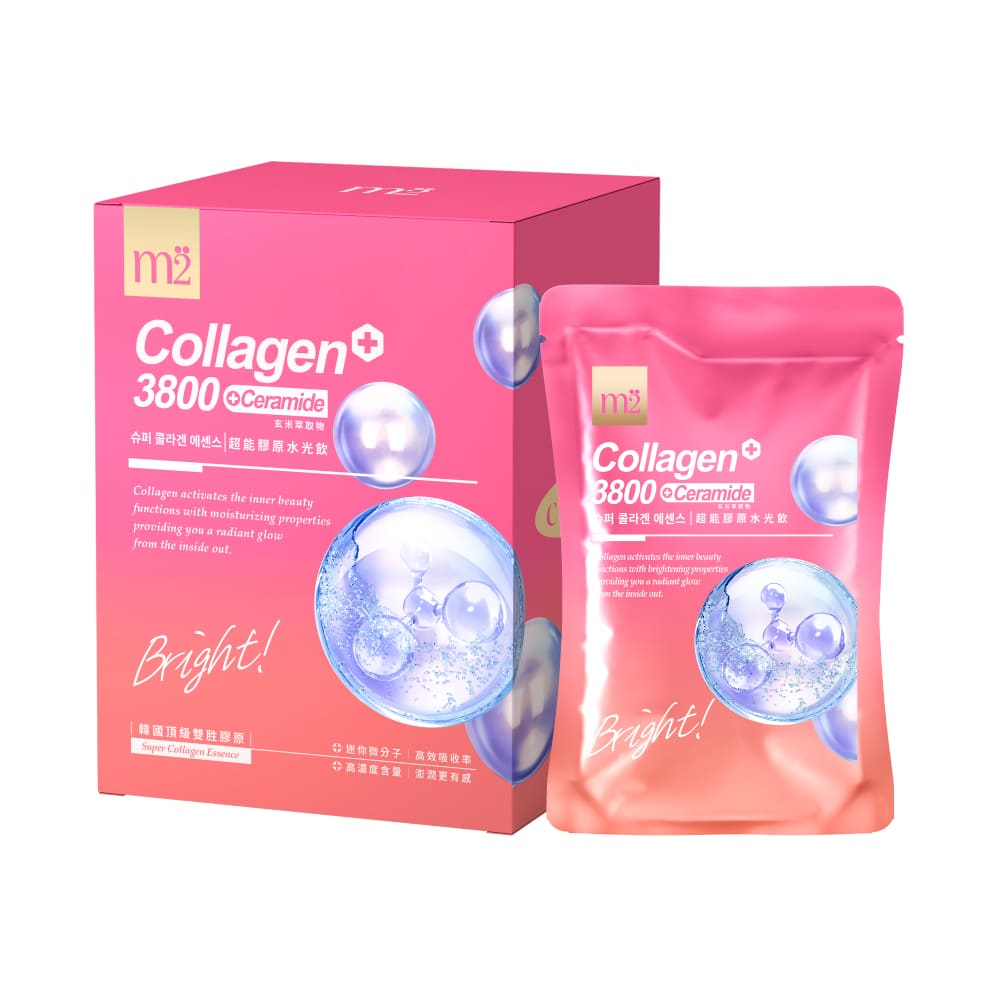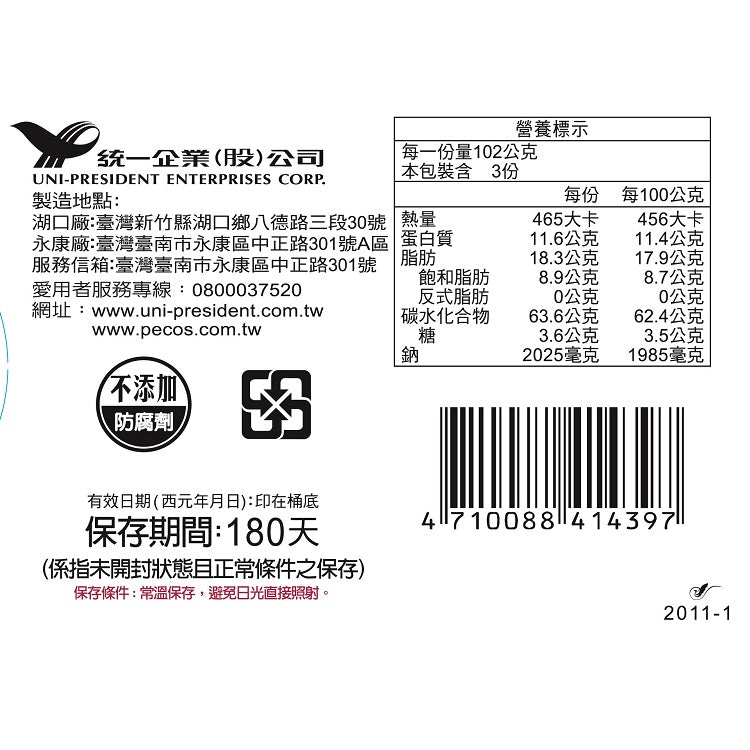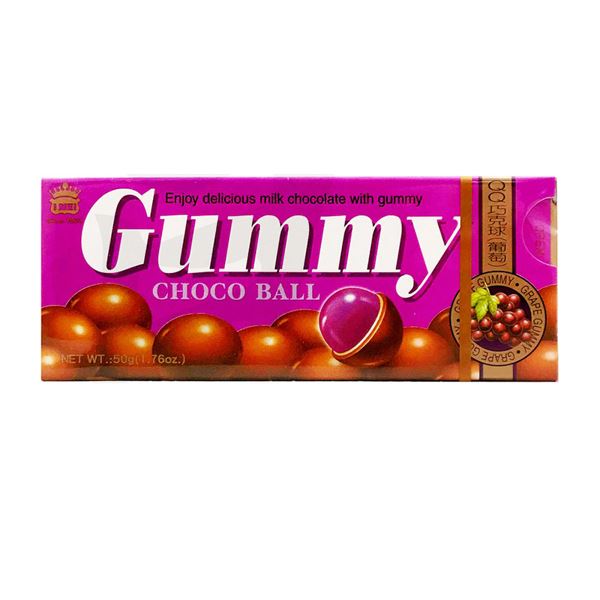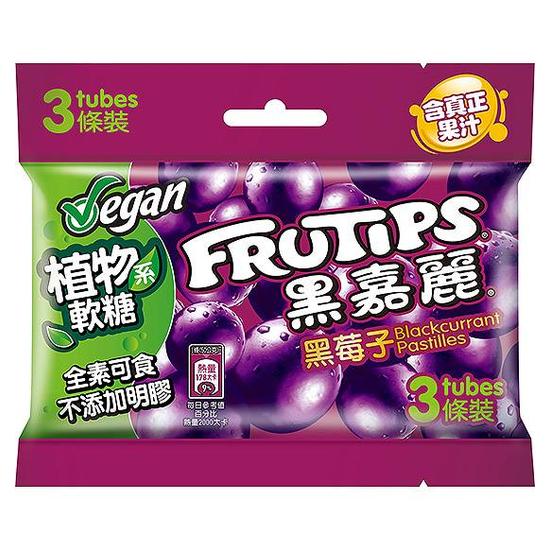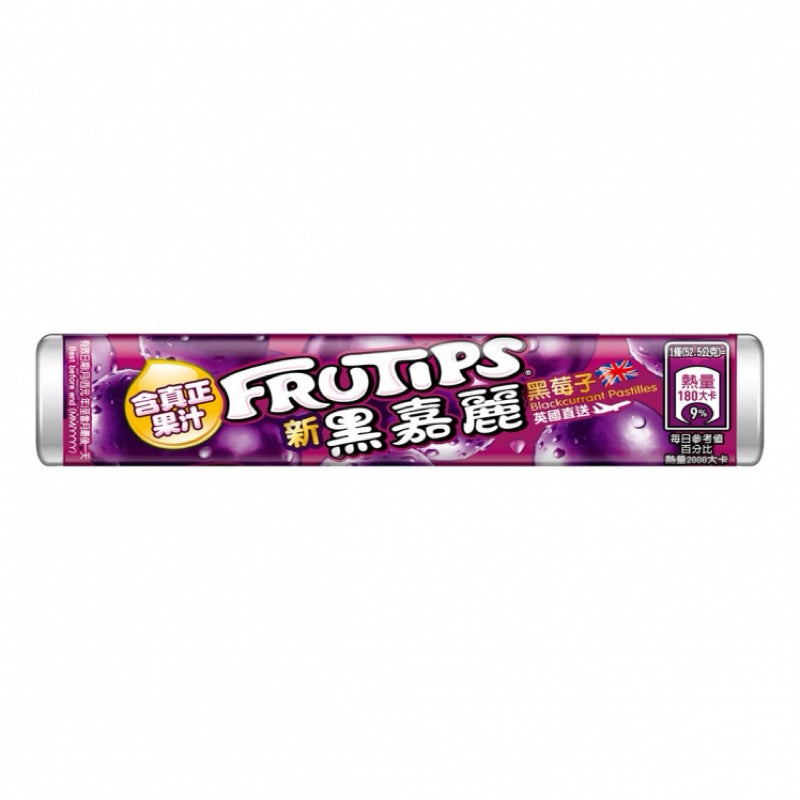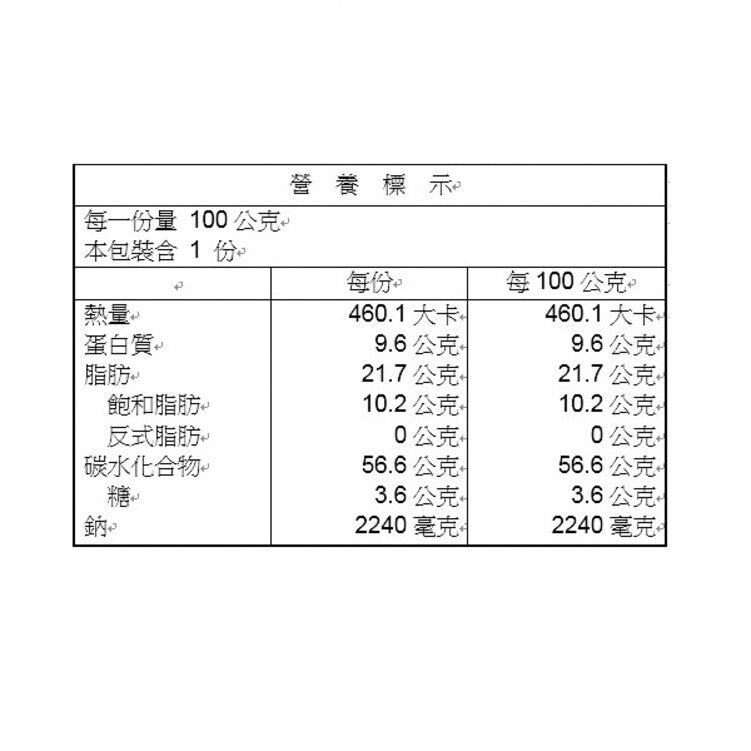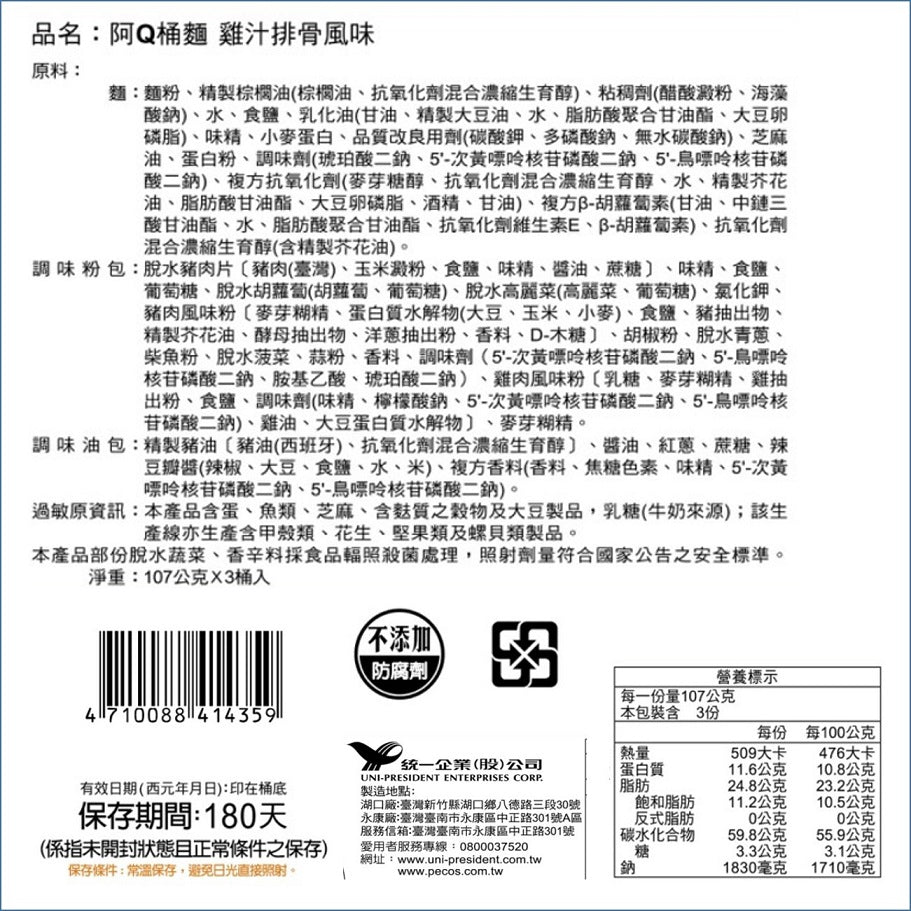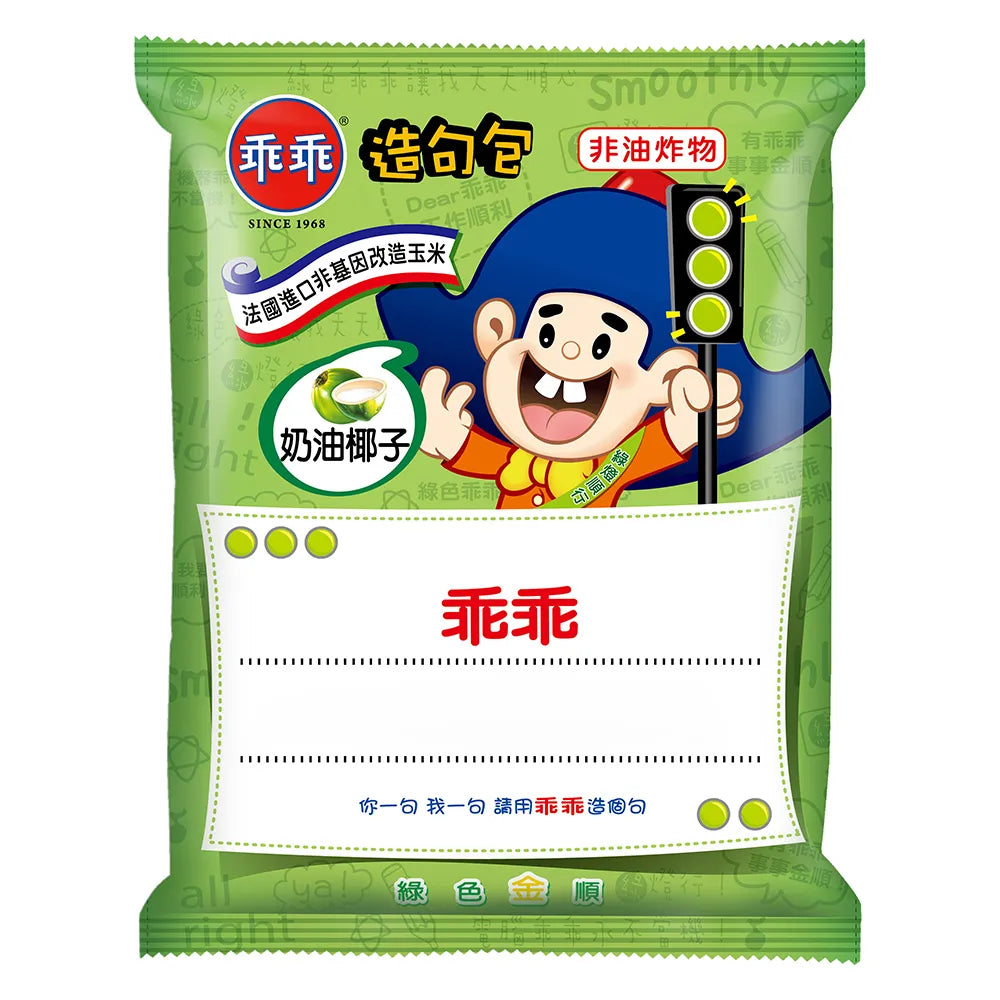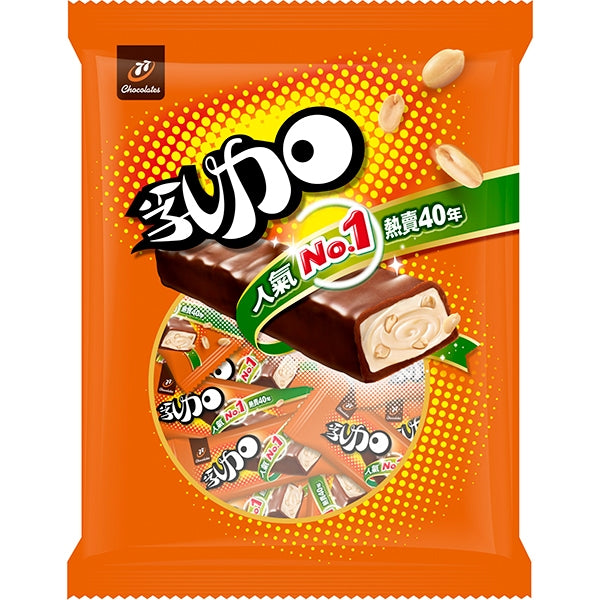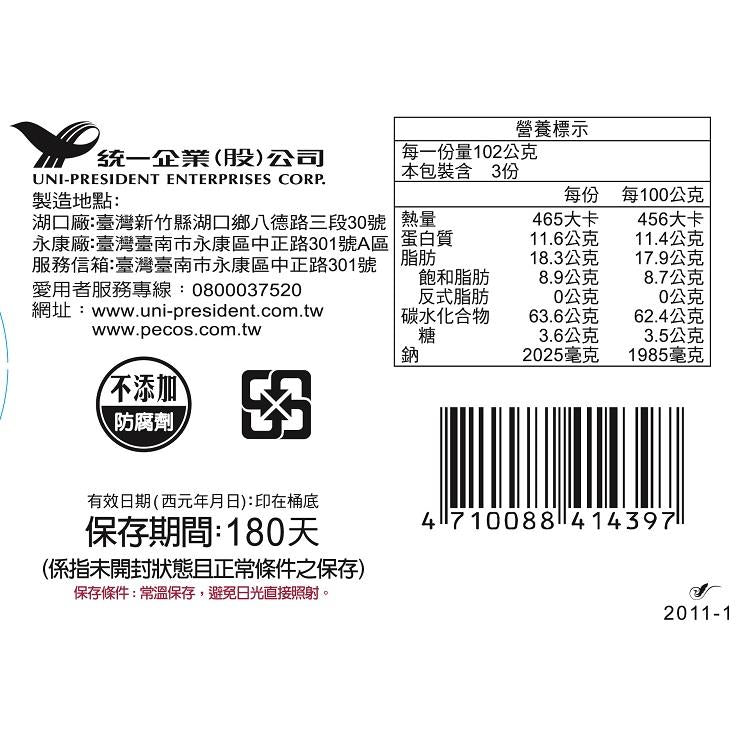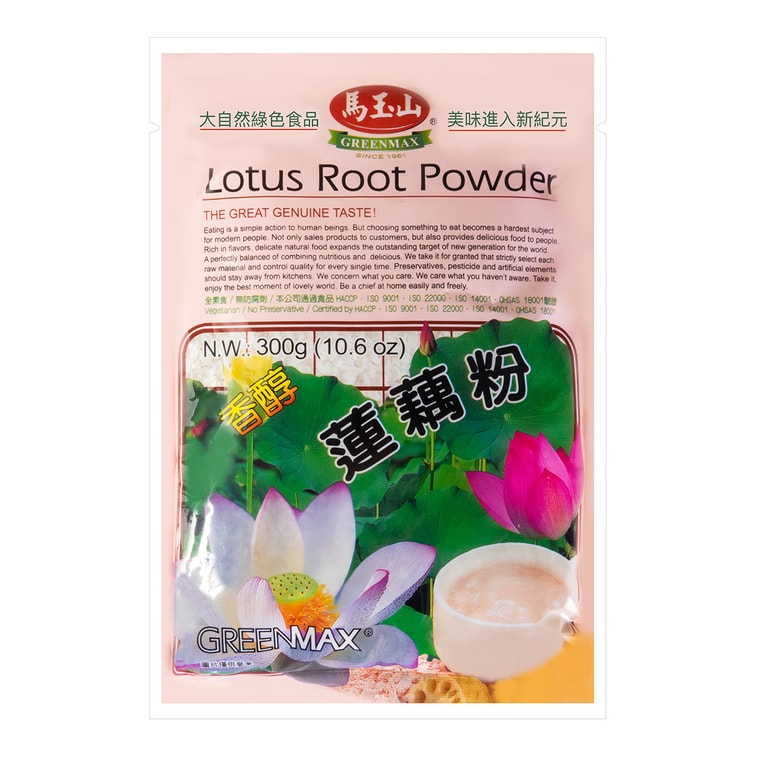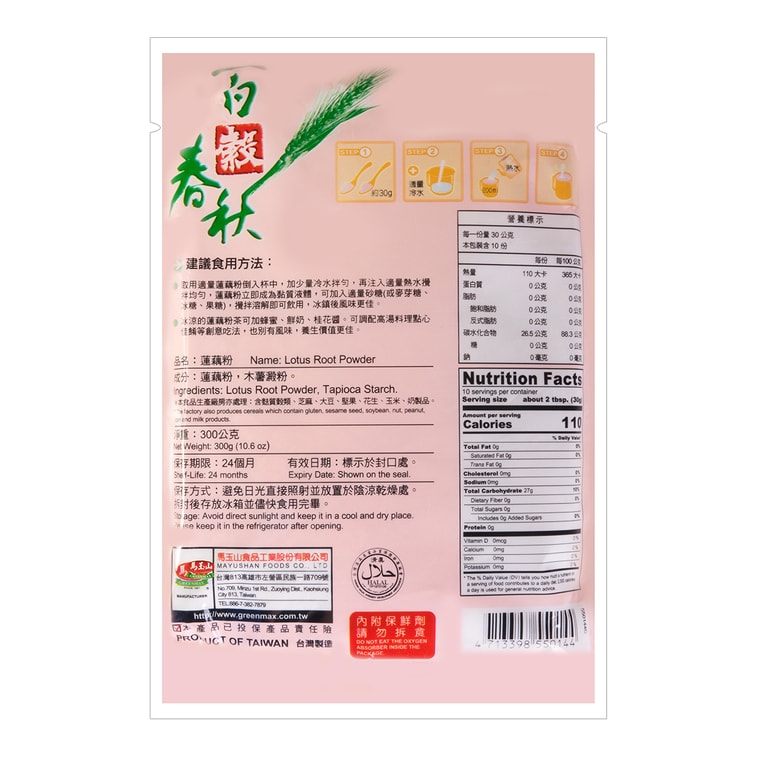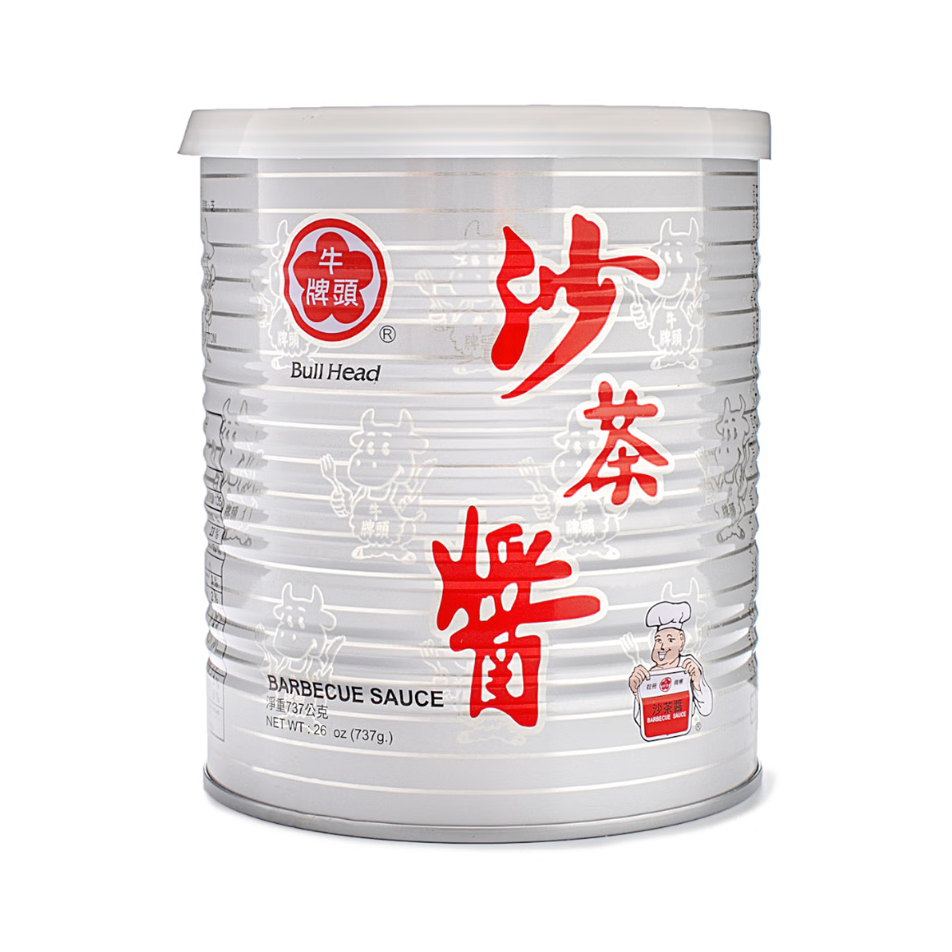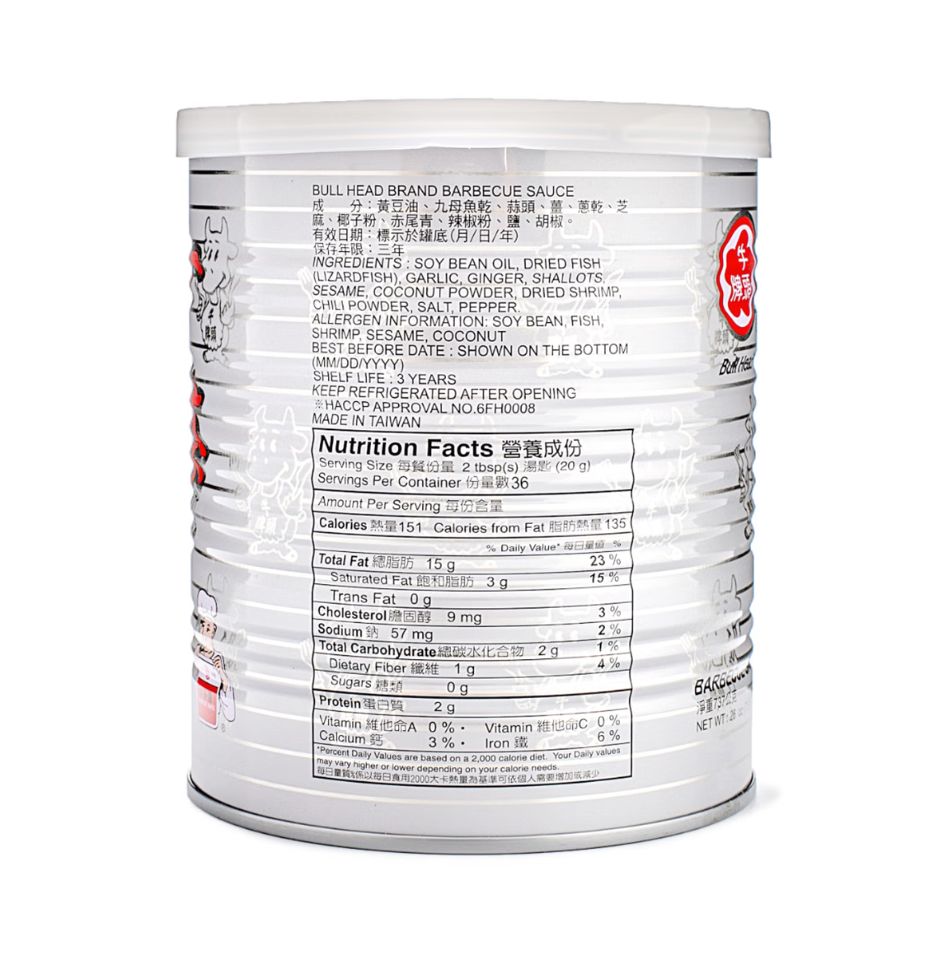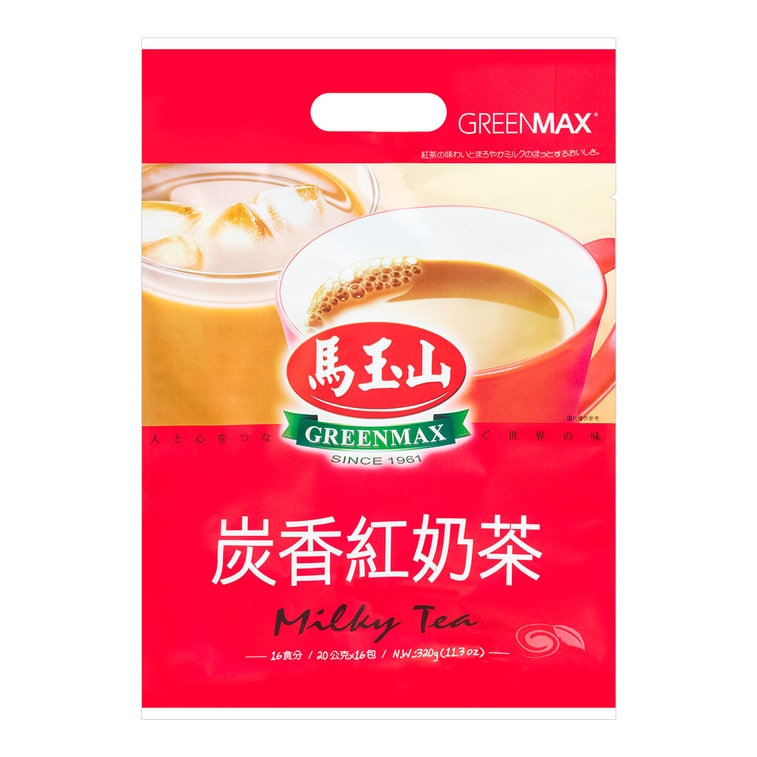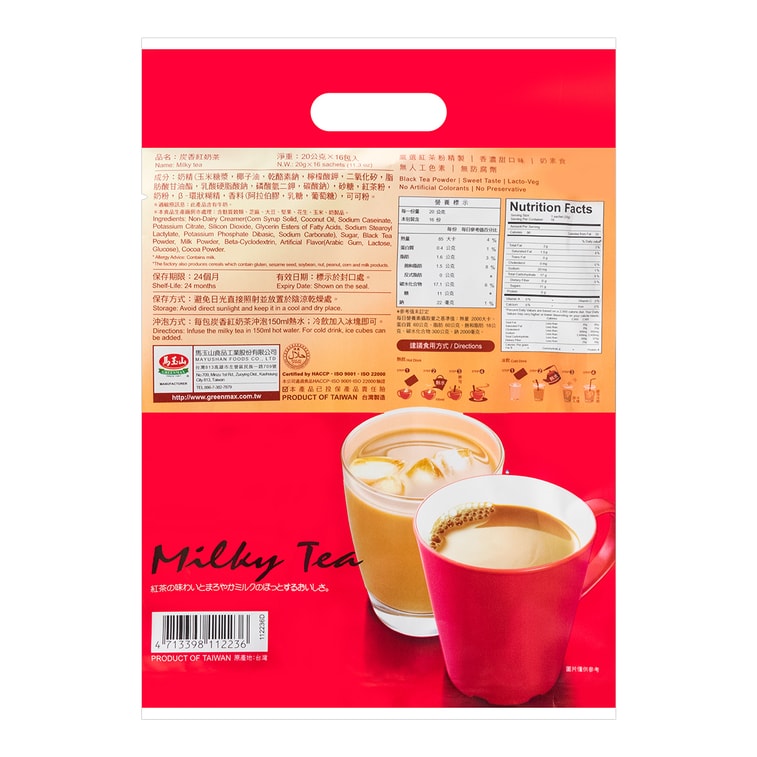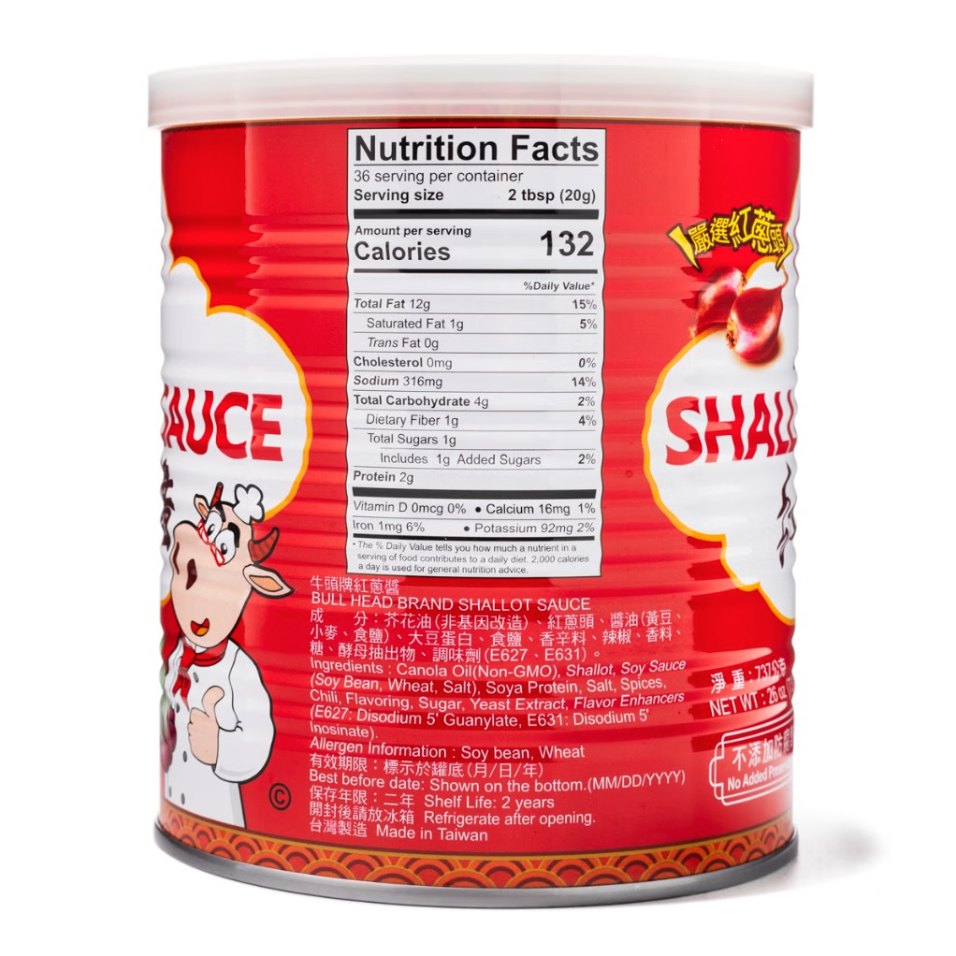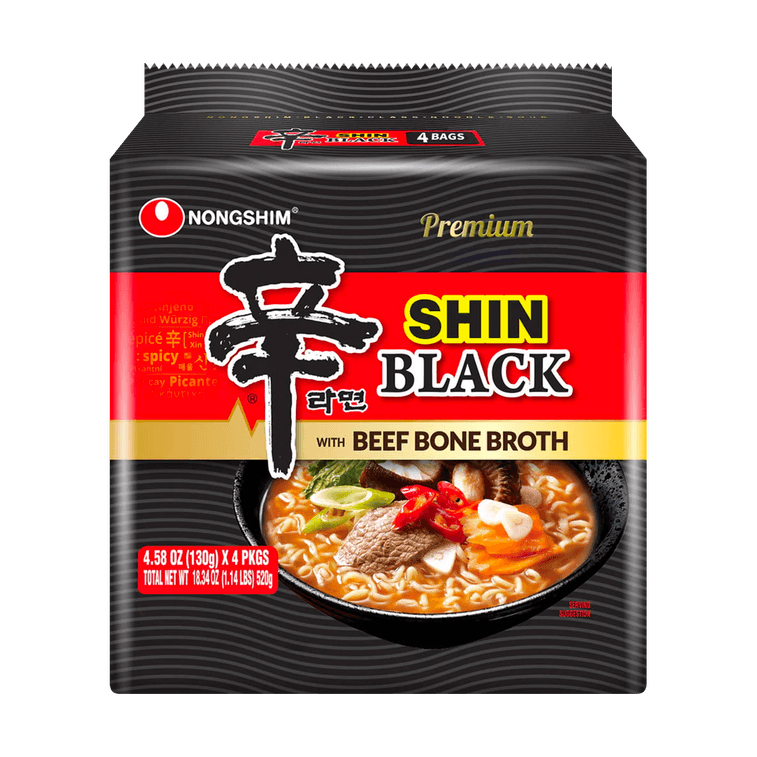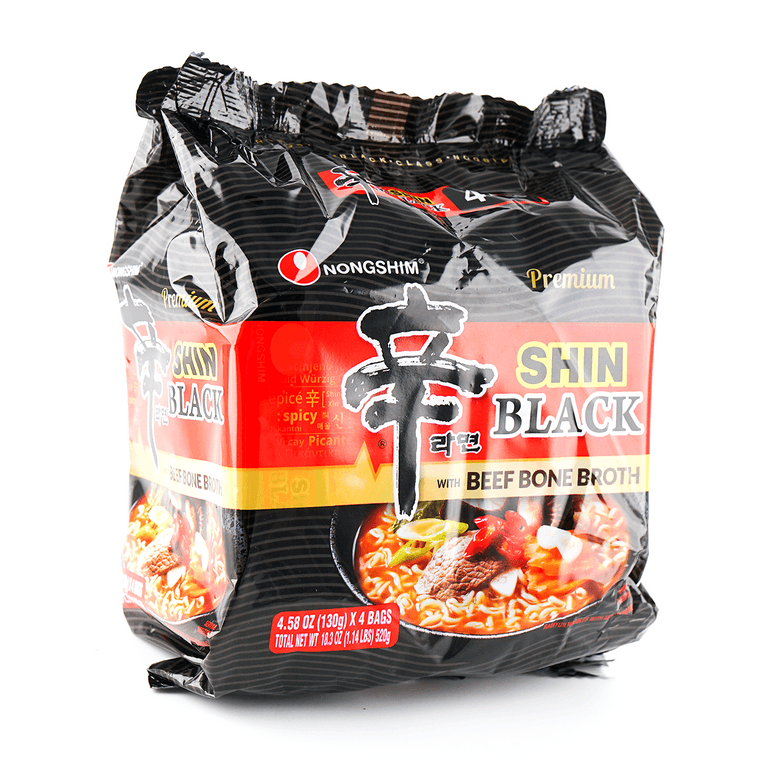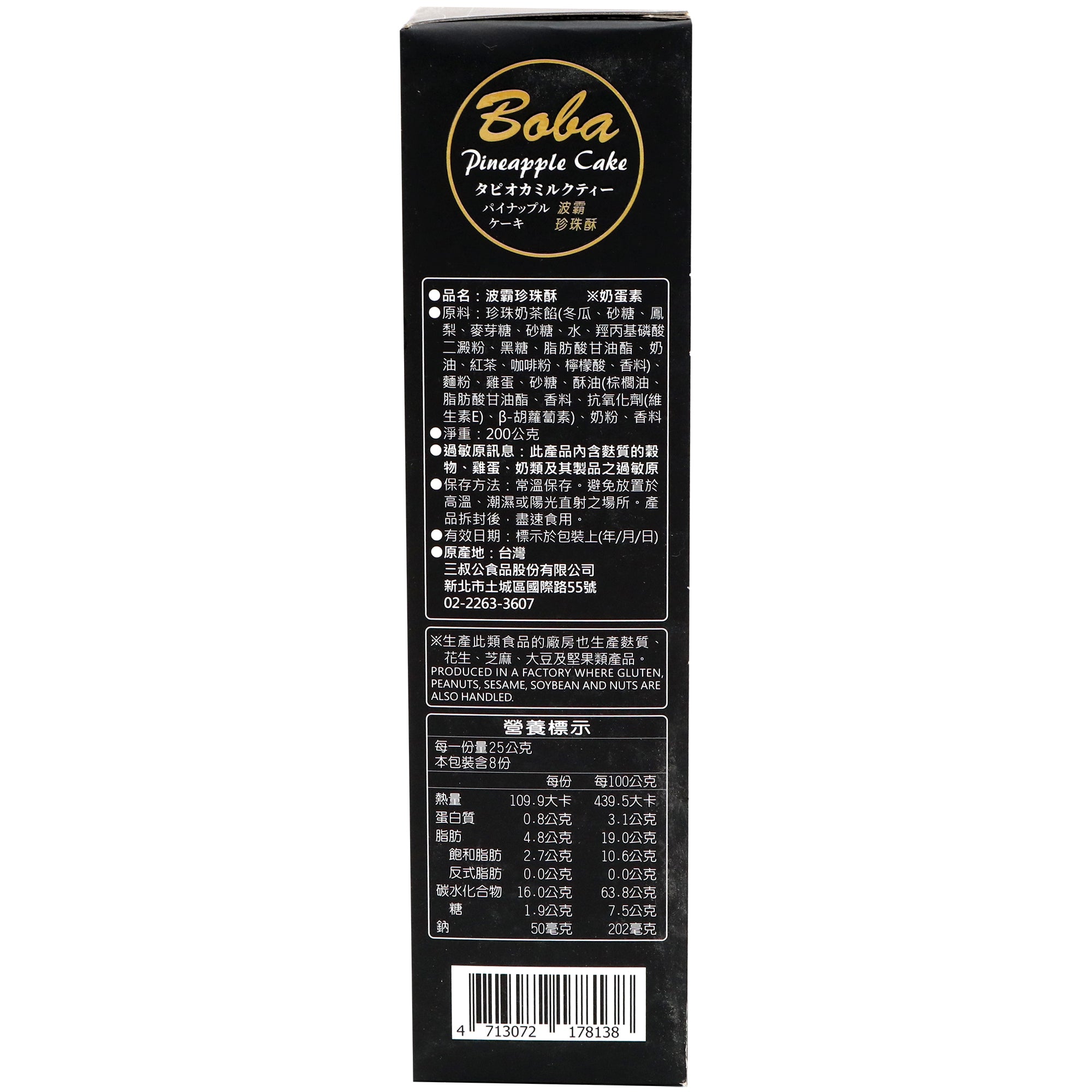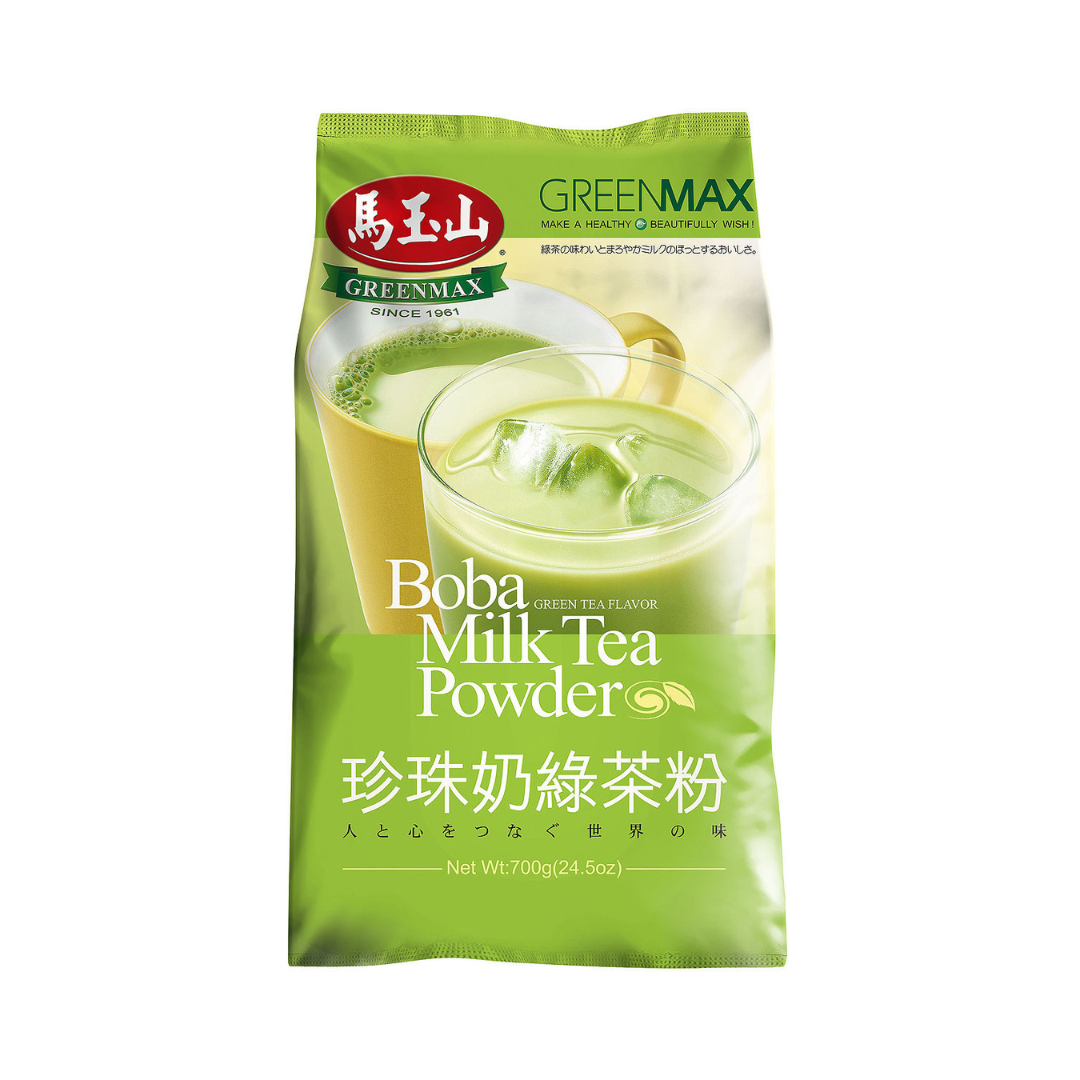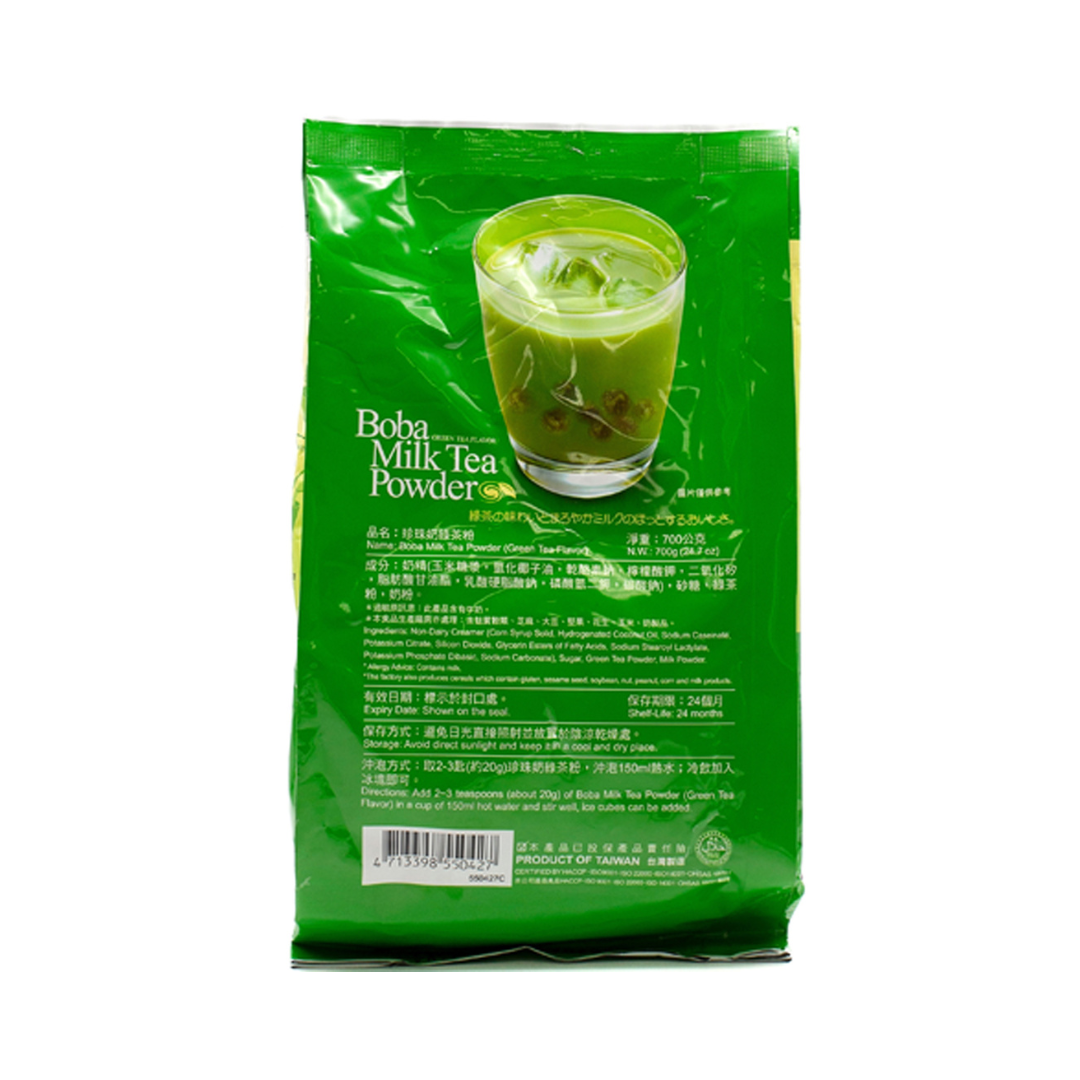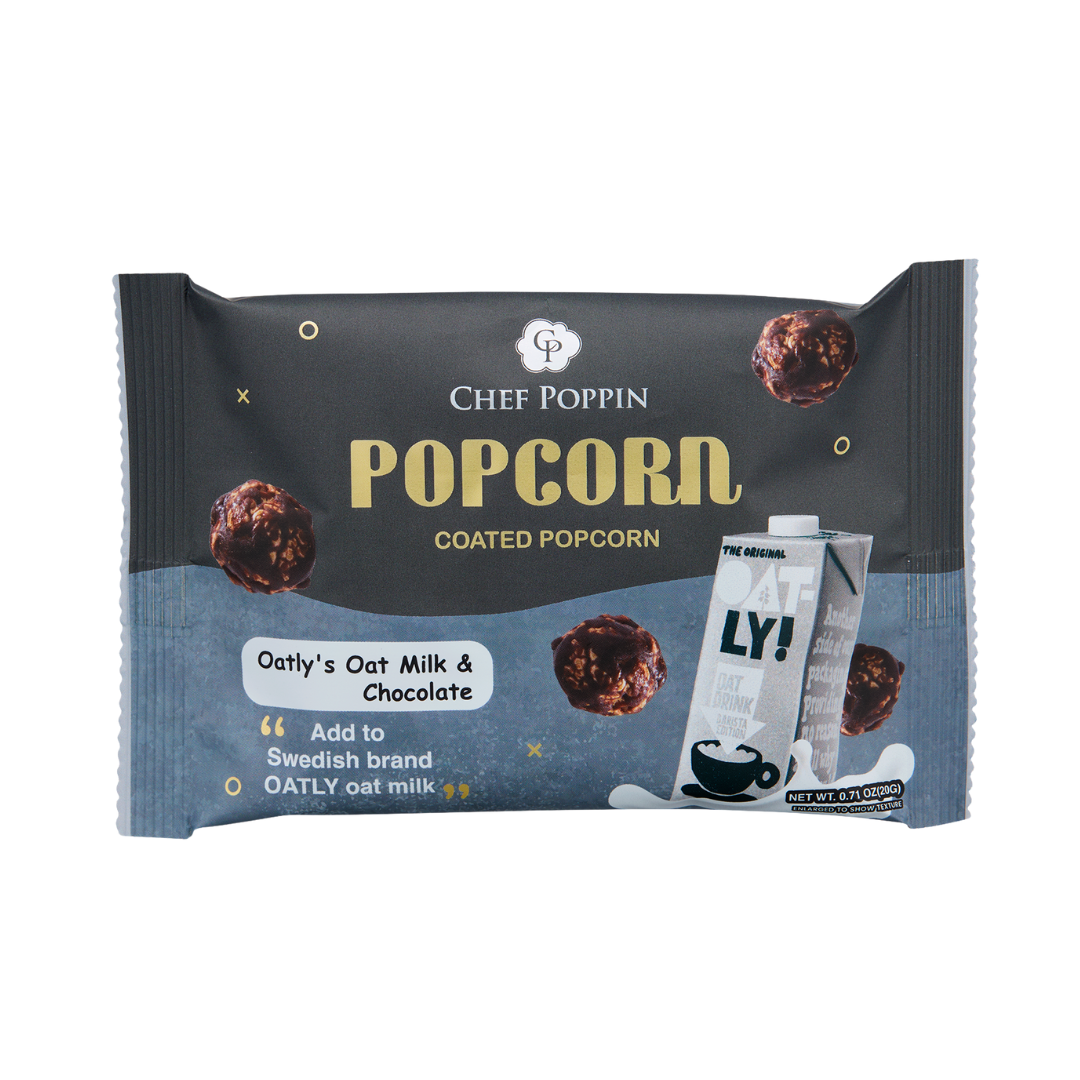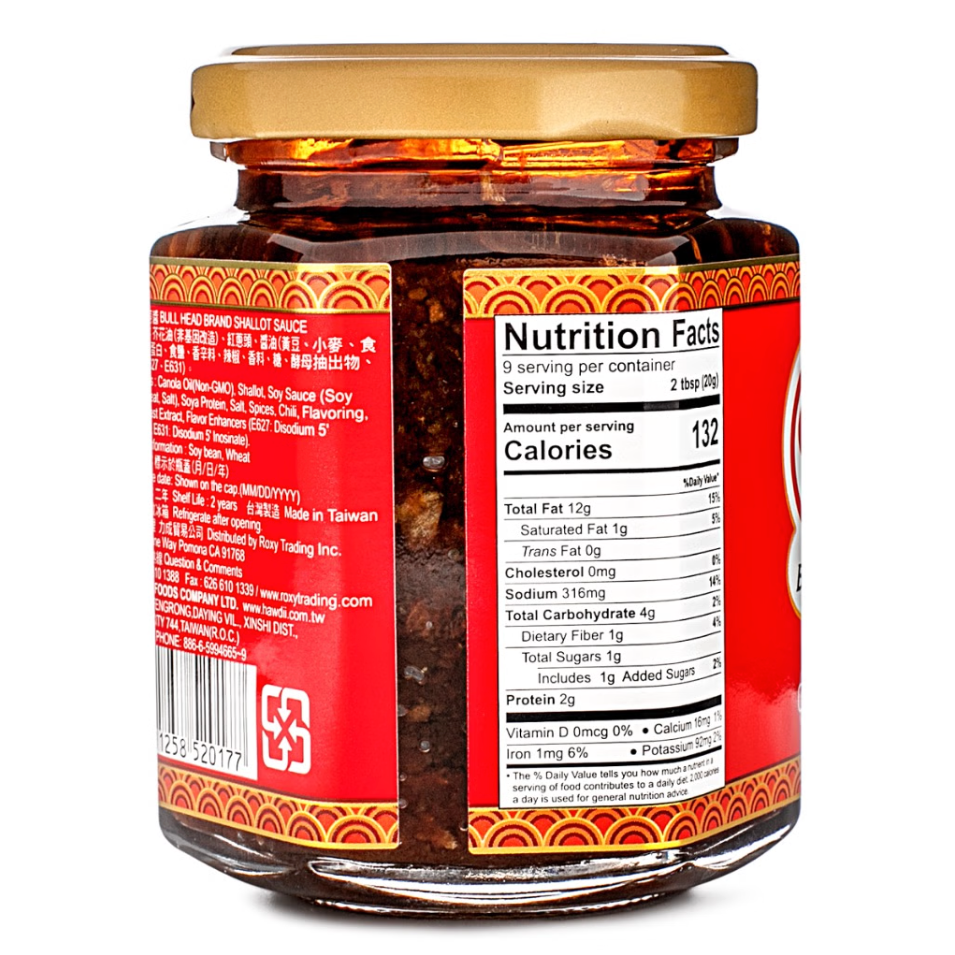Want results without guessing games? “Morning C, Night A” is a simple routine built around your skin’s day–night rhythm: use Vitamin C in the morning to defend and brighten; use Vitamin A (retinoids) at night to repair and renew. Done right, the combo delivers results that feel greater than the sum of its parts.
What does “Morning C, Night A” mean?
Skin faces different needs across the day. In daylight, it battles UV, pollution, and oxidative stress. At night, it shifts into repair mode. This routine pairs ingredients that match those jobs:
Morning C — your daytime shield
Vitamin C is a powerhouse antioxidant that helps neutralize free radicals and supports a brighter, more even look.
Key benefits
- Helps inhibit tyrosinase to reduce excess pigment
- Visibly brightens and evens tone
- Supports collagen synthesis for firmer, bouncier skin
- Antioxidant protection against environmental stressors
Night A — your overnight repair
Vitamin A (retinoids like retinol or retinal) encourages faster surface turnover and supports collagen for smoother texture.
Key benefits
- Speeds gentle exfoliation to refine rough texture
- Softens the look of fine lines and wrinkles
- Helps minimize the appearance of enlarged pores
- Smooths overall skin pattern for a youthful look
Who is it for? A quick fit guide
| Skin Type / Goal | Good Fit? | Notes |
|---|---|---|
| Healthy, balanced skin | ✅ Yes | Start with moderate strength; use 3–4×/week at first, then increase as tolerated. |
| Dry skin | ✅ Yes | Buffer with hydrating toner/serum; avoid high retinoid strengths early on. |
| Oily / combo skin | ✅ Yes | Choose light textures (water/gel serums). Keep pores clean to avoid congestion. |
| Sensitive skin | ⚠️ With care | Patch test first; begin with low concentrations and don’t introduce C and A on the same day initially. |
| Non-inflamed acne-prone | ✅ Yes | Retinoids help with build-up; avoid applying over broken pimples and choose non-comedogenic formulas. |
| Inflamed acne / rosacea flare | ❌ Not now | Can be irritating. Revisit once skin is calm. |
| Pregnant / breastfeeding | ❌ Avoid A | Skip retinoids. Always consult your clinician for ingredient advice. |
How to choose your products
Picking your Morning C
What matters most: stability + proven brightening.
- Common forms
-
- L-ascorbic acid (pure Vitamin C): Fast-acting brightening; tends to be less stable. Look for air-tight, opaque packaging and use up promptly.
- Vitamin C derivatives (e.g., ascorbyl glucoside, tetrahexyldecyl ascorbate): More stable and gentler; great for beginners and sensitive skin.
Beginner-friendly:
- Start with a derivative-based Vitamin C for a smoother introduction.
For C-savvy skin:
- Use 10–20% L-ascorbic acid serums for stronger glow and antioxidant defense (with smart packaging and consistent use).
- Pro tip: Vitamin C pairs beautifully with sunscreen—C boosts defense; SPF does the shielding.
Picking your Night A
What matters most: gradual build and comfort.
- Common forms
- Retinol (0.1–1%): Widely used; effective with relatively lower irritation.
- Retinal (retinaldehyde): More bioactive than retinol; can be a bit stronger.
- Tretinoin / retinoic acid: Prescription-strength; only under medical guidance.
Beginner-friendly:
- Start with 0.1–0.3% retinol, 2–3 nights per week. Let your barrier adjust before increasing.
For retinoid-savvy skin:
- Move to ≥0.5% retinol (or retinal).
- Pair with a barrier cream (ceramides, squalane, etc.) to offset dryness.
Building the routine (simple + sustainable)
AM
- Cleanse (gentle)
- Vitamin C serum (face/neck)
- Moisturizer
- Broad-spectrum SPF 30+ (non-negotiable)
PM
- Cleanse
- Retinoid (start 2–3×/week)
- Moisturizer (you can apply before and after the retinoid if you’re sensitive—aka the “sandwich” method)
Progression plan
- Weeks 1–2: C most mornings; A 2×/week
- Weeks 3–4: C daily; A 3×/week
- After tolerance: Increase A frequency or strength gradually if desired
Frequently Asked Questions
Q1: Do I have to use both at the same time?
No. You can introduce one first (typically Vitamin C in the morning), then add a gentle retinoid at night once your skin feels stable.
Q2: I’m seeing redness or stinging. What should I do?
Scale back. Reduce frequency and/or choose lower concentrations. Add a barrier-supporting moisturizer. If irritation persists, stop and consult a professional.
Q3: If I use Vitamin C in the morning, do I still need sunscreen?
Absolutely. Vitamin C enhances protection, but SPF is essential to guard against UV damage and prevent pigment from returning.
Q4: Can I use acids (AHAs/BHAs) with my night retinoid?
Not in the same routine when you’re starting out. Alternate nights or use acids in the morning and retinoids at night once your skin is tolerant.
Q5: How long until I see results?
Brightness can improve within 2–4 weeks. Texture and lines usually need 8–12+ weeks of steady use. Consistency wins.
Q6: Can I mix C/A with other “actives”?
Yes, with a plan. Pair Vitamin C with hydrating serums and SPF in the morning. At night, keep it simple around your retinoid—think buffer moisturizers and barrier care.
Bottom line: science-backed, results-focused
“Morning C, Night A” works because it respects how skin behaves. Choose formulas that suit your skin, start low and slow, hydrate generously, and never skip sunscreen.
Golden rules to remember
- Build tolerance gradually; start with lower strengths and fewer nights
- C + SPF in the AM, A + moisture in the PM
- Stay consistent and give your skin time to show results
- If discomfort shows up, pause and seek professional advice
Glow now, repair later—that’s the rhythm.




